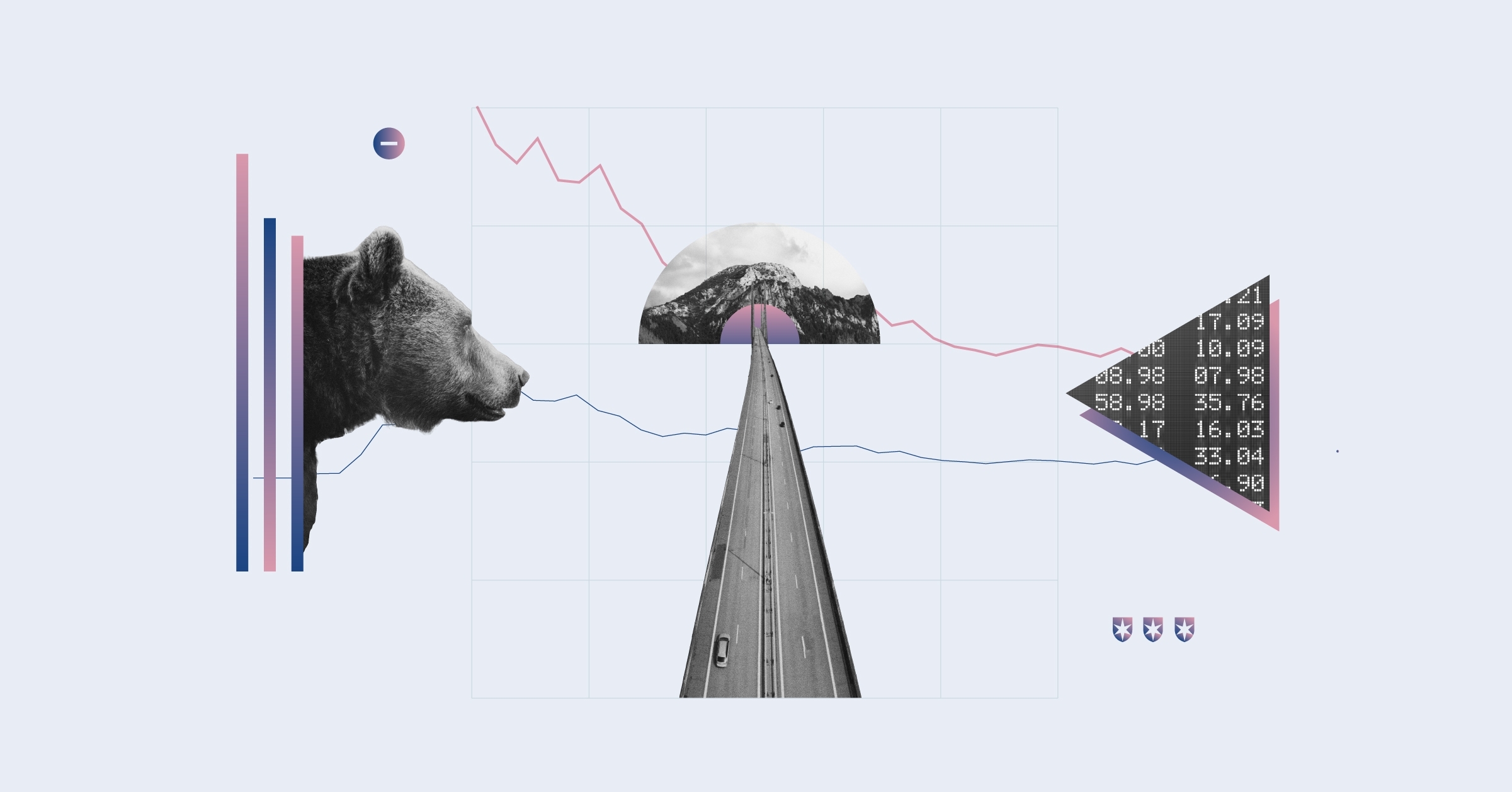We view the basic materials sector as overvalued; on a market-capitalisation-weighted basis, our coverage trades at a 25% premium to our fair value estimates.
The valuation disconnect largely reflects our bearish long-term outlook for Chinese fixed-asset investment. Many materials sector stocks enjoyed a stellar run in 2016 thanks to Beijing’s renewed stimulus efforts, which buoyed demand and prices for commodities ranging from coal to copper to iron ore. The market appears to be valuing commodity producers as if prevailing prices are sustainable.
We expect gains to prove fleeting, as we doubt the sustainability of the credit-fuelled, investment-led growth model. Amid the run-up in metal prices, gold was an underperformer in 2016. We’re more constructive on gold than industrial commodities in the long run, largely because of rising consumer demand from India and China.
But the near term could prove challenging, as multiple rate hikes by the U.S. Federal Reserve in 2017 threaten investor demand for the yellow metal. Outside the mining space, we see value in materials stocks tied to U.S. residential construction.
Mined commodities enjoyed a banner year in 2016. The coking coal price quadrupled, iron ore and thermal coal doubled, and copper rose about 35%. Mining company shares outperformed the market by a considerable margin, especially those struggling under the weight of heavy debt burdens.
Investors Warned: Mining Stocks Carry Risks
We see tremendous risks to the downside following this rally. The market appears to be valuing mining stocks as if prevailing commodity prices are sustainable. We doubt that will be the case. For starters, current commodity prices are well above the marginal cost of production, particularly for metallurgical coal and copper. With most commodities suffering structural overcapacity, it should not take too long for high prices to induce curtailed supply back to the market.
The supply response should be especially quick in coal after Beijing scrapped its 276 working day rule for coal mines. New supply from projects greenlit amid headier prices is also set to enter the market. China continues to add significant low-cost steel and aluminium capacity to replace less efficient facilities targeted for closure by the government’s “supply-side reforms”.
In mining, while the market has largely passed the peak of supply additions, it must still absorb plenty of new production in the years to come. Vale’s mammoth S11D iron ore mine was inaugurated in the fourth quarter of 2016 and will ramp to a staggering 90 million tonnes of annual capacity by 2020.
Meanwhile, the stimulus-led demand uptick of 2016 is likely to prove fleeting. Future demand growth depends heavily on China’s ability to sustain rising fixed-asset investment outlays for years to come. Faltering returns on investment and a swelling debt burden cast doubt on this prospect. The next time China’s economy slows, Beijing may once again attempt to stimulate.
Not only would this exacerbate China’s underlying problems in the long-run, but repeated stimulus efforts have diminished its efficacy in boosting short-term growth. China’s total supply of credit increased 17% in 2016, but generated only a 2% increase in steel demand.
Gold Proves Weakest Major Metal
While the gold price ended 2016 higher than it began the year, the yellow metal was one of the weakest performers among major metals. Rising interest rates were the culprit. Heading into the fourth quarter, gold was trading above $1,300 per ounce. Following the Federal Reserve’s 25-basis-point increase in December, gold had sunk below $1,150 per ounce.
The U.S. central bank expects about three more interest rate hikes in 2017, increasing the opportunity cost of holding gold and threatening the case for gold as an investment. We see limited opportunities in gold miners, and caution that even undervalued companies are likely to face near-term headwinds as rising Chinese and Indian jewellery demand is slow to replace shrinking investment demand.




























